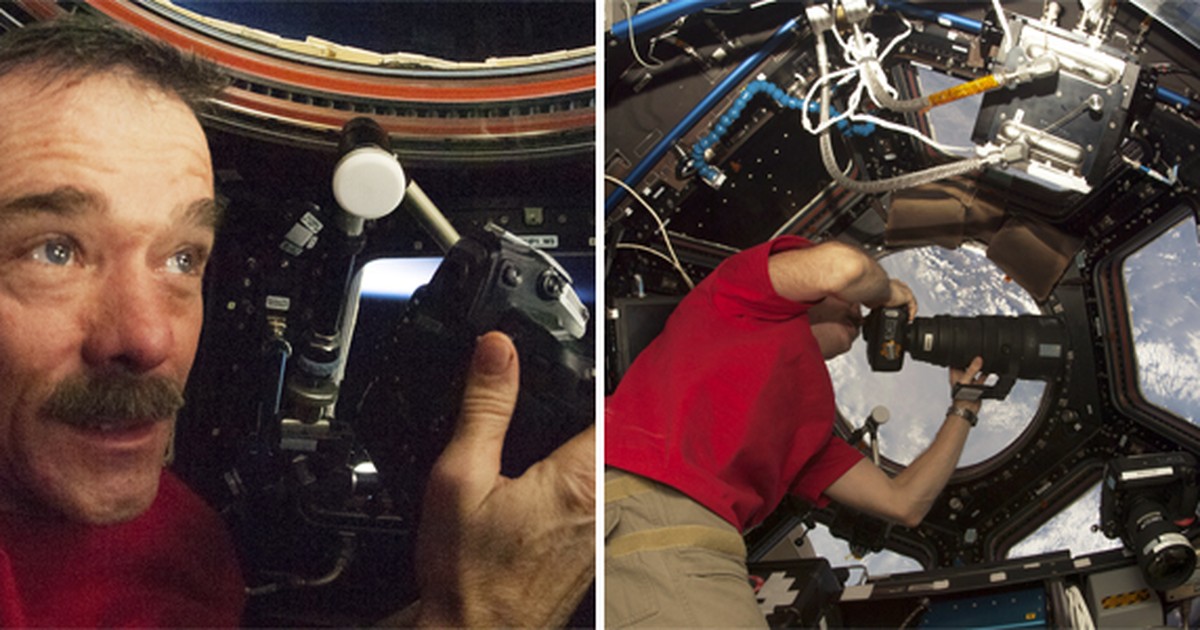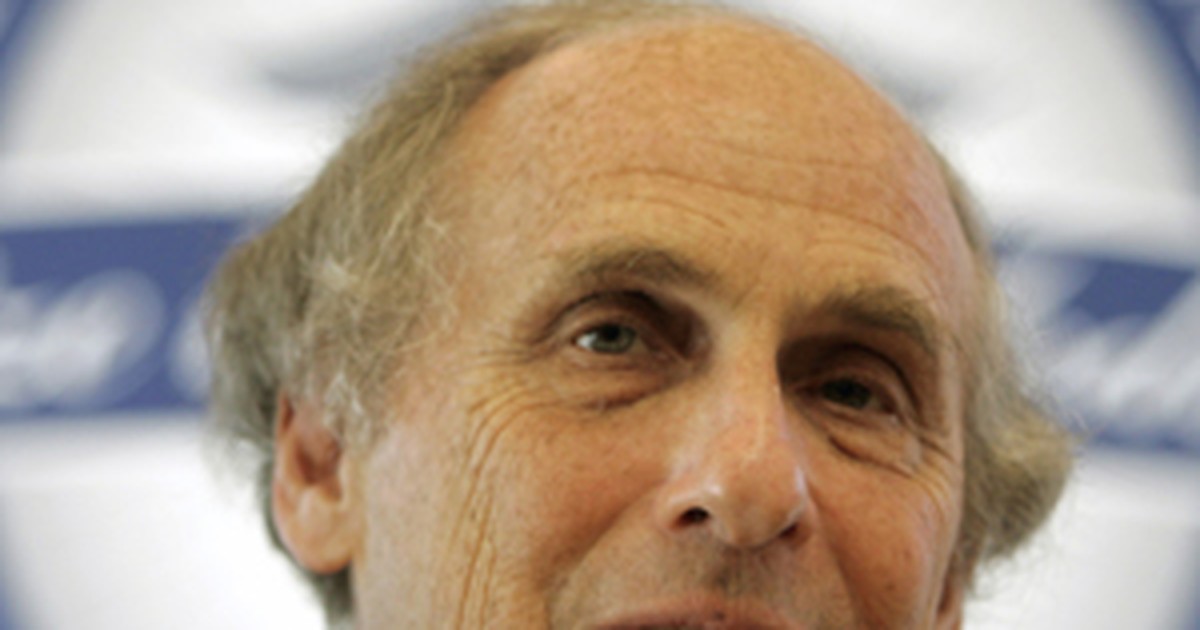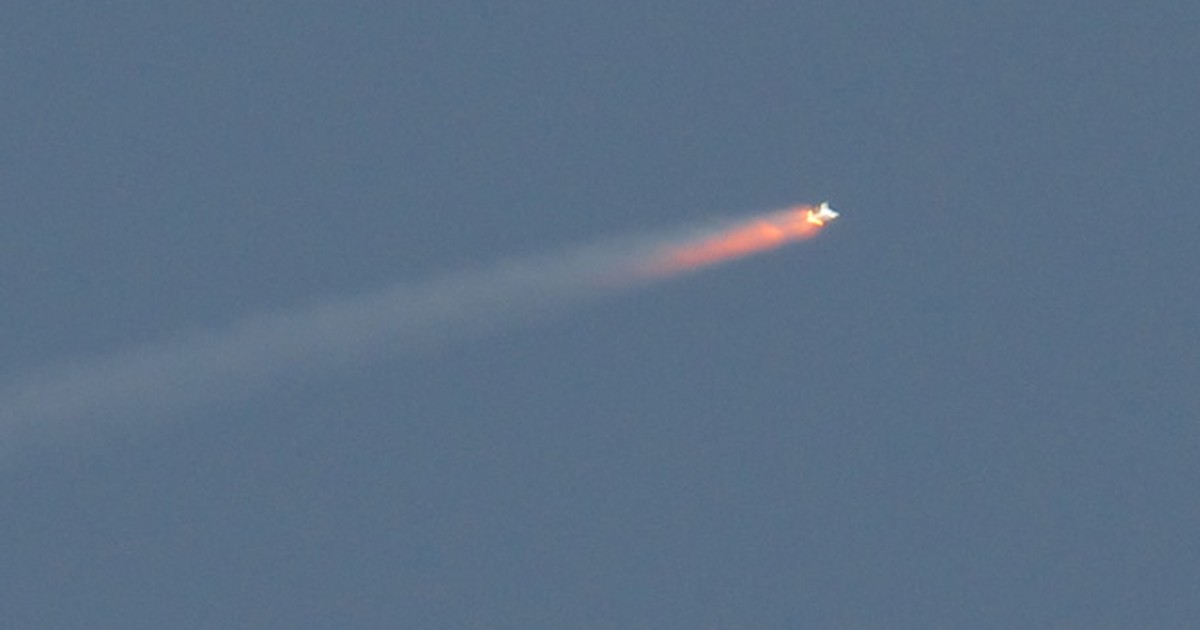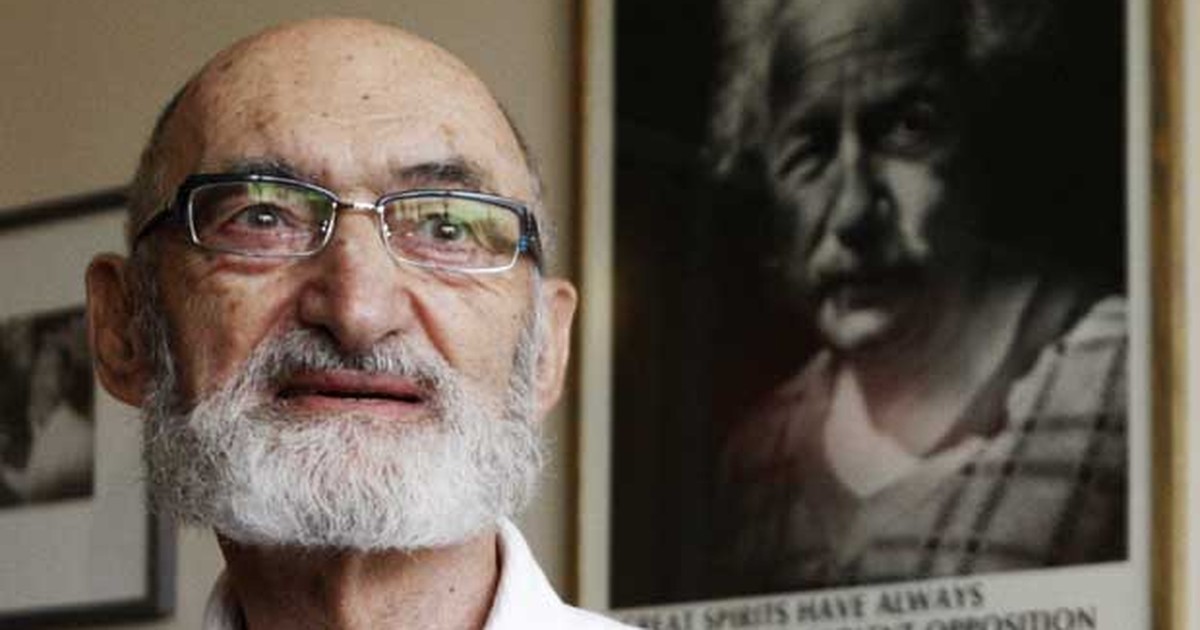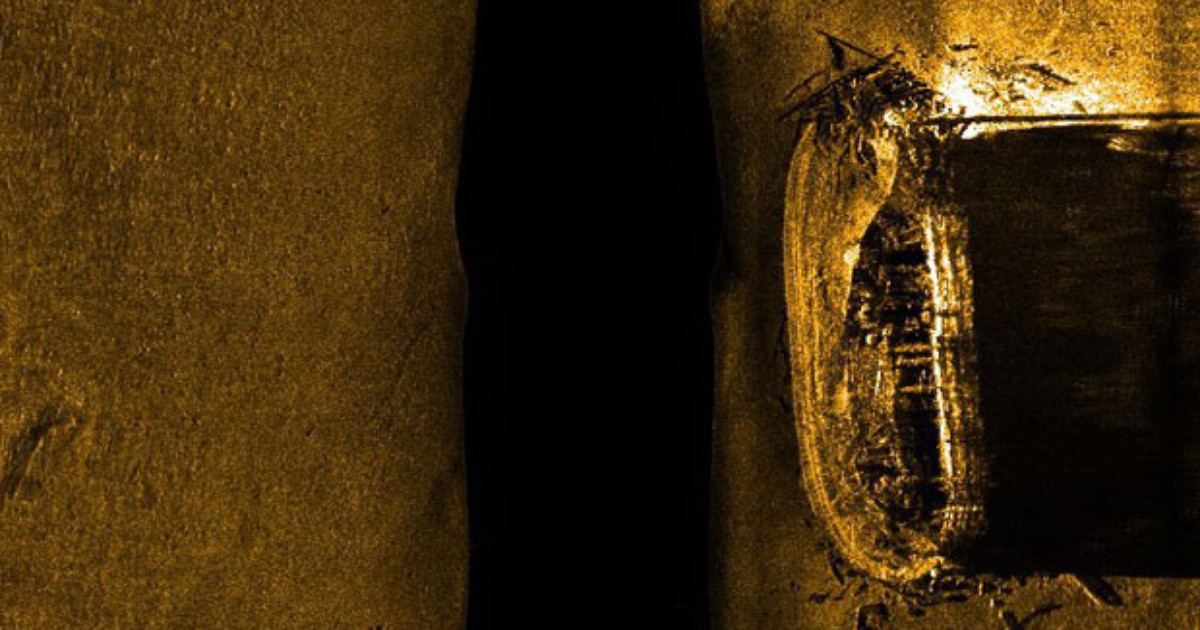Faced with growing complaints from drivers in F1 and after listening to doctors, the International Automobile Federation (FIA) has decided to put in place first measures aimed at softening the jumps of this season’s cars, generated by the new regulations. category technology. The subject was the subject of the Canadian GP press conference on Friday and divided the drivers.
- FIA accepts driver complaints and seeks solution for F1 car jumps
Lewis Hamilton and George Russell, more vocal in their complaints about the impact of bouncing (porpoising effect) on drivers’ health, backed the measure. RBR’s Sergio Pérez held off teammate Max Verstappen and also positioned himself in favor, along with Pierre Gasly, Esteban Ocon and Lance Stroll. Charles Leclerc sided with Verstappen on the matter.
Lewis Hamilton at the Canadian F1 GP press conference — Photo: Clive Mason/Getty Images
The FIA will analyze the wooden plank on the floor of the cars and define a metric that delimits the acceptable level of vertical oscillation of the cars.
- Understanding the porpoise effect
The problem was compounded by the stiffer single-seater suspension and bumpy tracks on street circuits – at stages such as the Monaco, Azerbaijan and Canadian GPs.
– It is positive that the FIA is working to try to improve this, because it will be our car for the next few years. It is not a question of dampening the rebound but of getting rid of it, so that future runners will not have back problems in the future. I don’t think it will change much, but there is a lot to be done. It’s interesting to see people’s opinions, but ultimately safety is the most important thing and at least one driver from each team has talked about it – said Hamilton, who suffered spinal nerve compression in Azerbaijan at causes jumps.
- Canadian GP: 40 things you need to know about the race
Rafael Lopes and Luciano Burti comment on expectations for Formula 1 Canadian GP
Russell reinforced his strong position since the start of the season, favorable to the measure, even if he does not see any effectiveness in the first proposals of the FIA:
– Everyone here wants to win, but we can’t put our bodies at risk. This solution is more like covering the sun with a sieve, but we have to wait and see. A broader conversation is certainly needed to move forward. The FIA sets the rules and they can make whatever changes they want, and none of us will know if that will improve or negatively affect our performance. I hope it becomes easier to ride and it doesn’t hurt anyone’s performance.
The Briton, a newcomer to Mercedes, was the first to complain about the impact of the porpoising effect on the health of drivers.
Mercedes’ George Russell during the Canadian F1 GP press conference — Photo: Dan Istitene/Getty Images
In Emilia-Romagna he complained of back and chest pain, preceded by Ferrari’s Carlos Sainz. Russell also criticized rivals who disagreed with the FIA measure.
– Obviously there are a lot of calendars here, from different teams and drivers. We heard Carlos (Sainz), Checo (Sergio Pérez) and Max (Verstappen) complaining about the seriousness of the situation, but now that their performance is better they don’t want any changes because they can get in the way. It’s a shame to see performance taking precedence over safety.”
- Safety vs performance: F1 changes its rules after rebounds in Azerbaijan
As well as inviting F1 teams to help define this metric, the FIA will also hold a technical meeting with the teams to help formulate more measures that will reduce jumps in the medium term.
– I’m glad you understood that this is serious business for us. We are not questioning here just because we want to complain about something. We love sports and we want to try to make it a better place. It is a concern for our health, before performance. There are things that can be changed and would affect the performance of all the cars to a very, very small extent – commented Pierre Gasly, who also instructed the FIA after the Baku stage last Sunday.
Lewis Hamilton gets help from an engineer to get out of the car after the Azerbaijan GP – Photo: Bryn Lennon/F1 via Getty Images
Alpine’s Esteban Ocon expressed concern that the jumps could get worse at other city tracks such as Montreal and Singapore, and praised the FIA for listening to the drivers:
– These cars were on circuits that didn’t even have a lot of undulations. It will certainly hurt more in Montreal and Singapore. I heard that the FIA takes this into account and that we should try to improve the handling of the cars because we are pushing the limits. I saw runners in worse shape than me at the end of the race. It’s very positive that the FIA is taking steps to look after us.
- Horner sees rivals complaining about F1 car jumps as a tactic
Championship leaders RBR were divided on the issue. Defending champion Max Verstappen, for example, disagreed with the introduction of rule changes halfway through the championship; his colleague Sergio Pérez, however, took the opposite view.
– I don’t care if it will help or hinder us. I don’t agree with the mid-year rule changes. Sure, I understand the safety issue, but if you talk to all the engineers here, you’ll have less trouble lifting the car. You have to find the limit with which you can deal with the body itself, for the sake of performance, but I don’t think it’s fair that it now has to step in and apply rules. Because it’s simple: just increase the height of the car – said the Dutchman.
Max Verstappen, at the Canadian GP press conference, disagreed with the FIA’s measures to prevent F1 cars from jumping – Photo: Clive Mason/Getty Images
Pérez, who even complained about the jumps of his RB18 during free practice in Azerbaijan, praised the FIA for its initiative:
– All teams are looking for balance and looking for desirable downforce, and the way to achieve this is to lower the car as much as possible, but there is a limit. And if that limit is reached, it’s not healthy for drivers, as some commented last weekend. It is good that the FIA is stepping in to try to mitigate this.
- The RB18 is the car least affected by annoying rebounds in the 2022 season
Although Ferrari also struggled with jumps throughout the championship, Charles Leclerc strengthened rival Verstappen’s position on the FIA’s intervention.
– I do not totally agree. It’s the team’s responsibility to give me a good car. I haven’t had any issues with this so far. We have found solutions to improve it. Of course, when you see, for example, Lewis getting out of his car in Baku, it doesn’t look good at all. But you have to take the data from several cars and analyze it, because it’s not the same for everyone – underlined the Monegasque.
Animation shows “porpoising”, the dolphin effect, in a 2022 Formula 1 car — Photo: Infoesporte
At Aston Martin, Lance Stroll is also part of the favorable group, led by Hamilton and Russell.
– It’s not sustainable for 23 races. If it’s like this every year, it will be difficult for our body – said the Canadian.
- Check out the F1 standings
The quickest way to avoid jumps is to raise the car off the ground, which compromises performance on stages and has been ruled out by teams. The FIA considers the mandatory elevation as a sanction for teams that do not present measures within the standards yet to be established by the entity to mitigate rebounds.
Canadian F1 GP info and schedule — Photo: Infoesporte

“Pop culture fan. Coffee expert. Bacon nerd. Infuriatingly humble communicator. Friendly gamer.”

:strip_icc()/i.s3.glbimg.com/v1/AUTH_bc8228b6673f488aa253bbcb03c80ec5/internal_photos/bs/2022/A/s/FGiluAQ16Z5IZlYiuEsQ/gettyimages-1403493316.jpg)
